
Are you sleeping on hidden toxins?

A good night’s sleep is essential for both physical and mental well-being. Resting well not only boosts energy levels but also supports mood regulation, productivity, and overall health. While many people focus on maintaining a consistent sleep schedule, reducing screen time before bed, or creating a calming bedtime routine, there is another critical factor often overlooked: the pillow you sleep on every night.
Surprisingly, pillows—items we consider symbols of comfort—can harbor hidden dangers that may impact long-term health.
Chemicals Lurking in Your Pillow
When people think about health risks, they often focus on food, household cleaners, or environmental toxins. Rarely do they consider their bedding. Yet, studies suggest that pillows, especially those made from synthetic materials, can release potentially harmful chemicals.
One of the most concerning is flame retardants. These chemicals are applied to reduce the risk of fire, but according to the National Institutes of Health (NIH), they have been linked to:
-
Endocrine and thyroid disruption
-
Impaired immune function
-
Reproductive toxicity
-
Certain cancers
-
Developmental and neurobehavioral issues in children
Another culprit is volatile organic compounds (VOCs). These are gases emitted from adhesives, foams, and fabrics used in pillow production. Over time, inhaling VOCs while you sleep may contribute to respiratory irritation, headaches, and other health effects.
A Breeding Ground for Germs
Beyond chemicals, pillows that are not replaced regularly can become breeding grounds for harmful microorganisms. Over months of use, pillows accumulate:
-
Dead skin cells
-
Natural skin oils
-
Sweat and dirt
This buildup creates an ideal environment for dust mites, bacteria, mold, and fungi. For individuals with allergies, asthma, or weakened immune systems, an old pillow can become a serious health hazard.
Which Pillows Pose the Highest Risk?
Pillows most likely to contain flame retardants, VOCs, or other hazardous chemicals include:
-
Memory foam pillows
-
Polyester-filled pillows
-
Synthetic fiber blends
While these are widely available and often marketed as durable and supportive, their chemical content and tendency to trap heat and moisture make them less ideal for long-term health.
Healthier Pillow Alternatives
Experts recommend opting for pillows made from natural, breathable materials, which are less likely to release harmful chemicals and are easier to keep clean. Safer alternatives include:
-
Bamboo pillows – naturally hypoallergenic and moisture-wicking
-
Buckwheat hull pillows – firm, supportive, and chemical-free
-
Organic cotton or wool pillows – made without synthetic chemicals and resistant to dust mites
When purchasing a pillow, always check labels carefully and look for certifications such as GOTS (Global Organic Textile Standard) or OEKO-TEX® Standard 100, which ensure safer manufacturing practices.
The Takeaway
Your pillow may seem harmless, but over time, it can expose you to unwanted chemicals and allergens that disrupt both sleep and health. By choosing natural materials and replacing pillows regularly—every 1–2 years is often recommended—you can make your sleep environment healthier and safer.
Sleep should be restorative, not risky. Paying attention to what you lay your head on each night is a small but powerful step toward protecting your overall well-being.
News in the same category


8 Clear Signs He Knows He Hurt You

Japan’s Vending Machines Equipped to Save Lives During Earthquakes
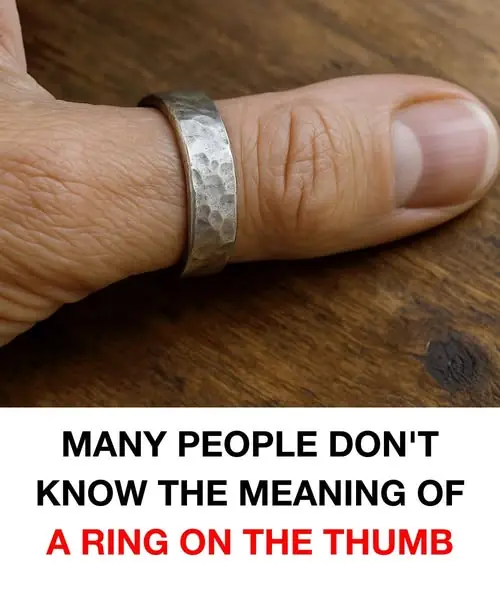
Most People Don’t Know What a Thumb Ring Means — Here’s the Hidden Meaning Behind the Gesture

Octopuses Can Rewrite Their Own Brains: Nature’s Ultimate Hackers

15 Types Of Kisses and Their Meanings
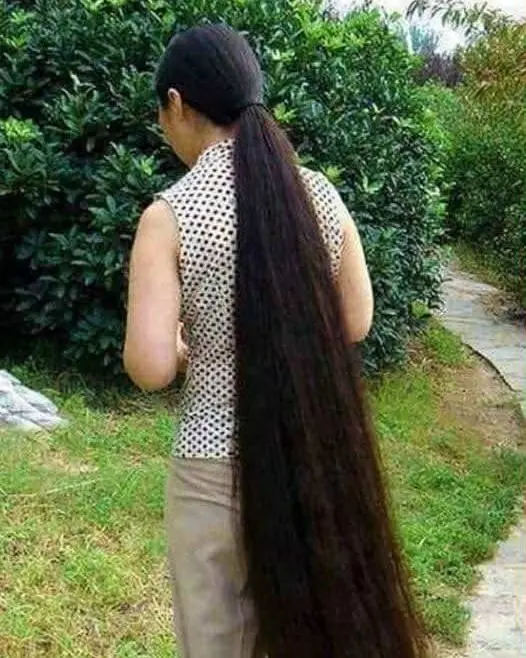
Despite her husband’s repeated requests, this woman hasn’t had a haircut in 25 years

The Fate Line: A Lifelong Companion and Mystery

The Volume Buttons on Your iPhone Have Countless Hidden Features
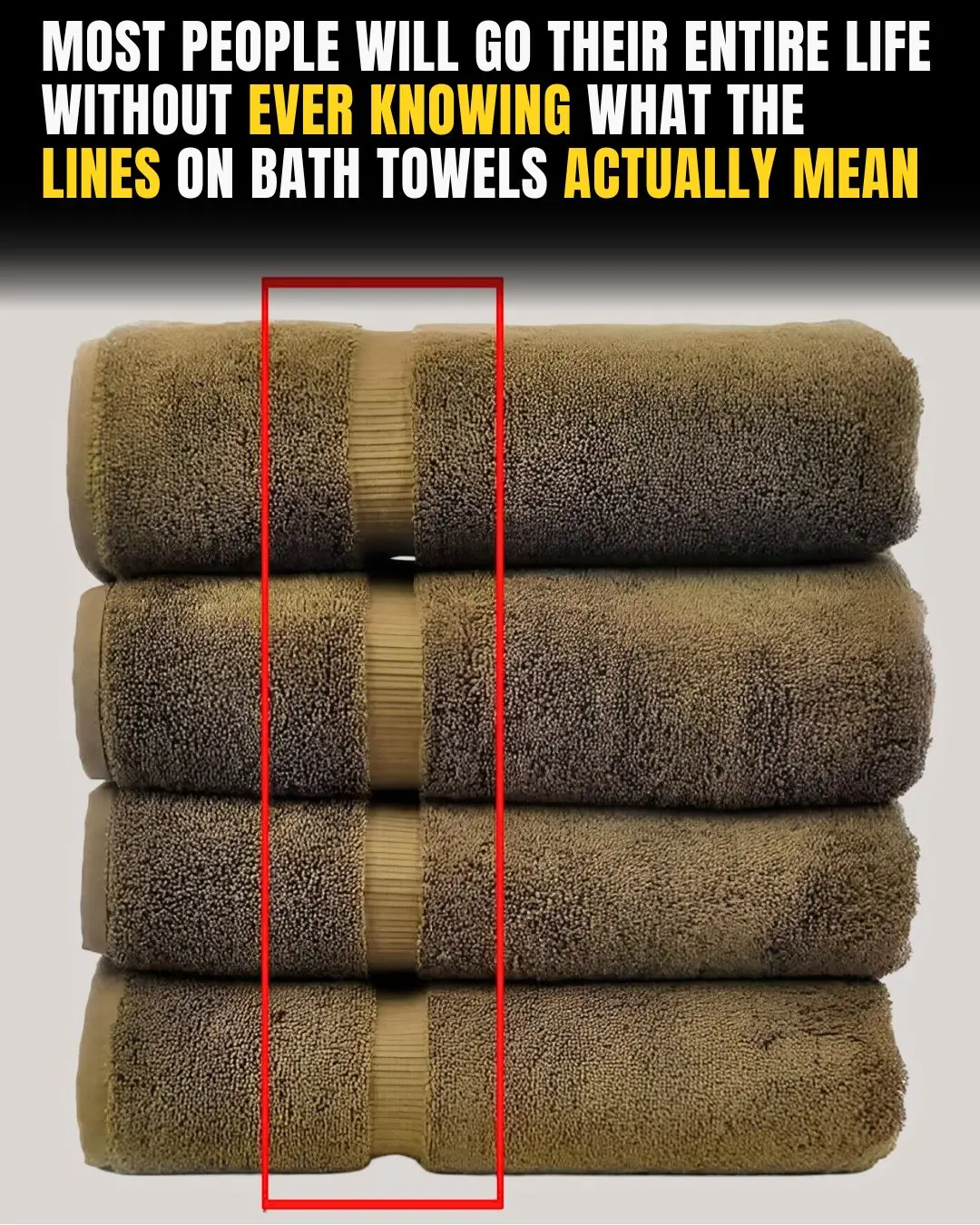
Most People Have No Idea What The Lines On Bath Towels Actually Mean

Why Younger Men Are Drawn to Older Women — And It’s Not Just About Looks

Tiny Fish, Big Noise: The Fingernail-Sized Danionella cerebrum Outsounds an Elephant

Hot Dogs: Find 6 Differences

Nature’s Engineering Marvel: The Woodpecker’s Incredible Built-In Safety Mechanism

What To Say After Kissing

5 Clear Signs Someone Is Falling In Love With You Read More Here... https://themindsjournal.com/signs-someone-falling-love/?ssp_iabi=1683094968975

5 Hard Realities About Being a Beautiful Woman

The Secrets Your Thumb Shape Reveals About Your Personality
News Post

🍪 Chocolate Chip Cookie Dessert Stacks

🍮 Mini Caramel Cheesecakes Recipe
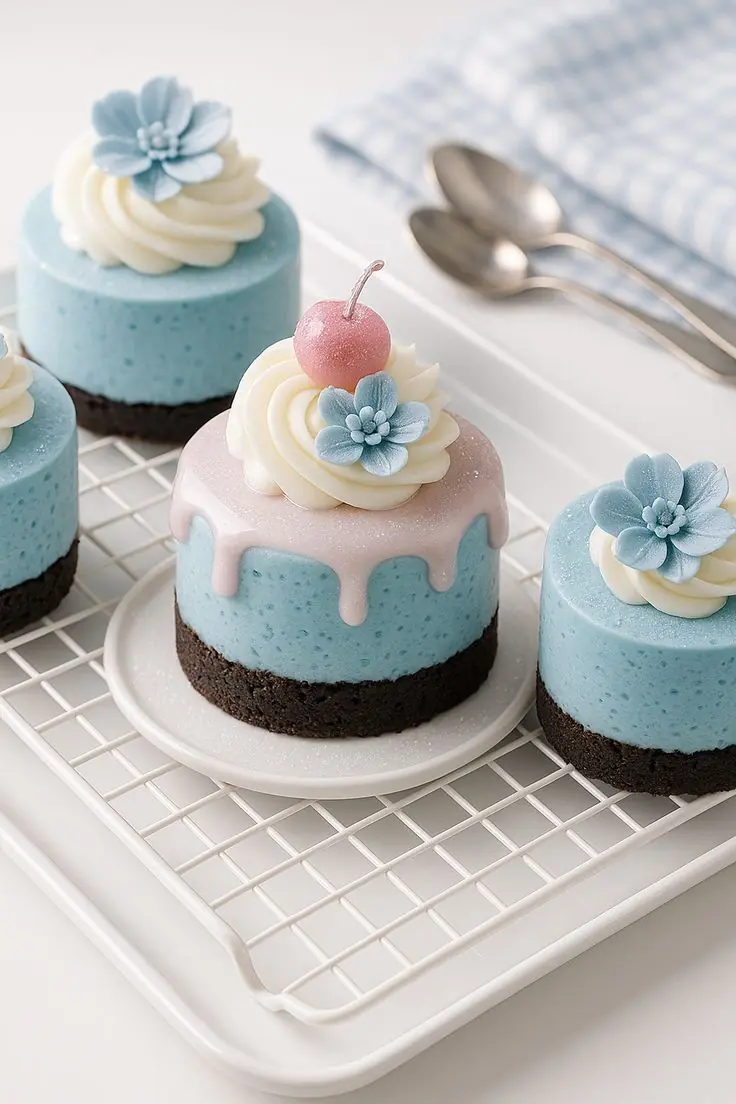
🧁 Mini Blueberry Mousse Cakes
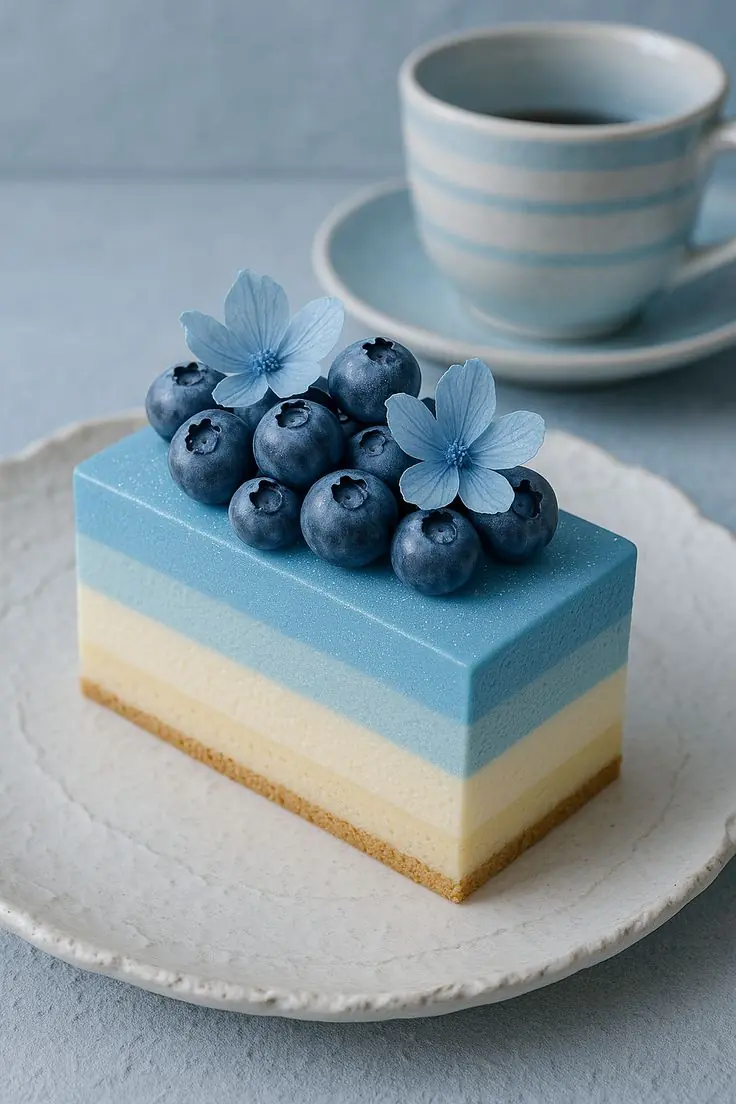
🍰 Blueberry Gradient Mousse Cake
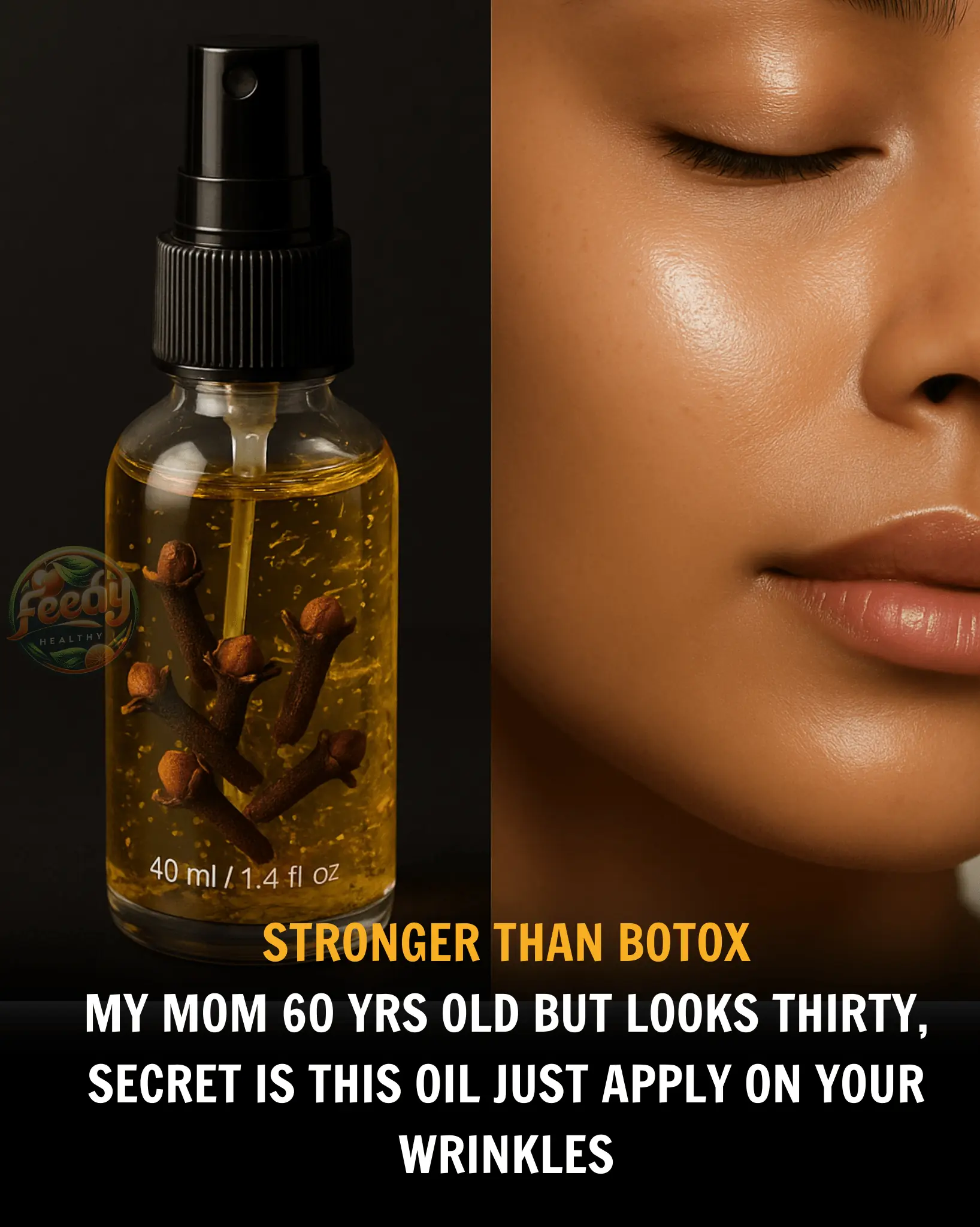
No More Fine Lines Thanks To Clove Orange Anti-Aging Oil

Age 40 Is the Decisive Point for Life Expectancy:

This is what really happens during cremation, and it’s not pretty

12 signs that may signal a brain aneurysm — Don’t ignore them

Hospice chef reveals the one comfort food most people ask for before they die
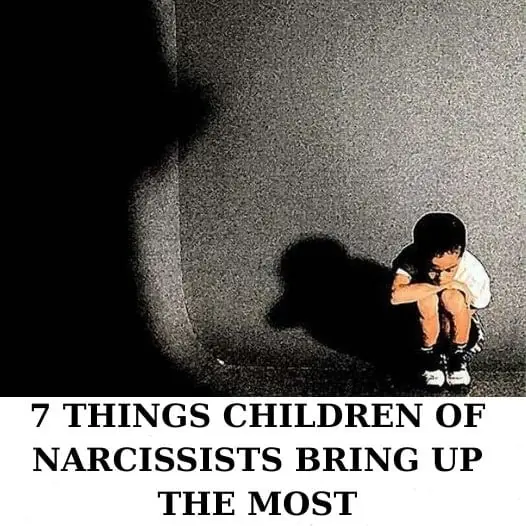
7 Common Struggles Children of Narcissists Talk About the Most

48 Years Since Humanity Reached for the Stars: Honoring the Launch of Voyager 2
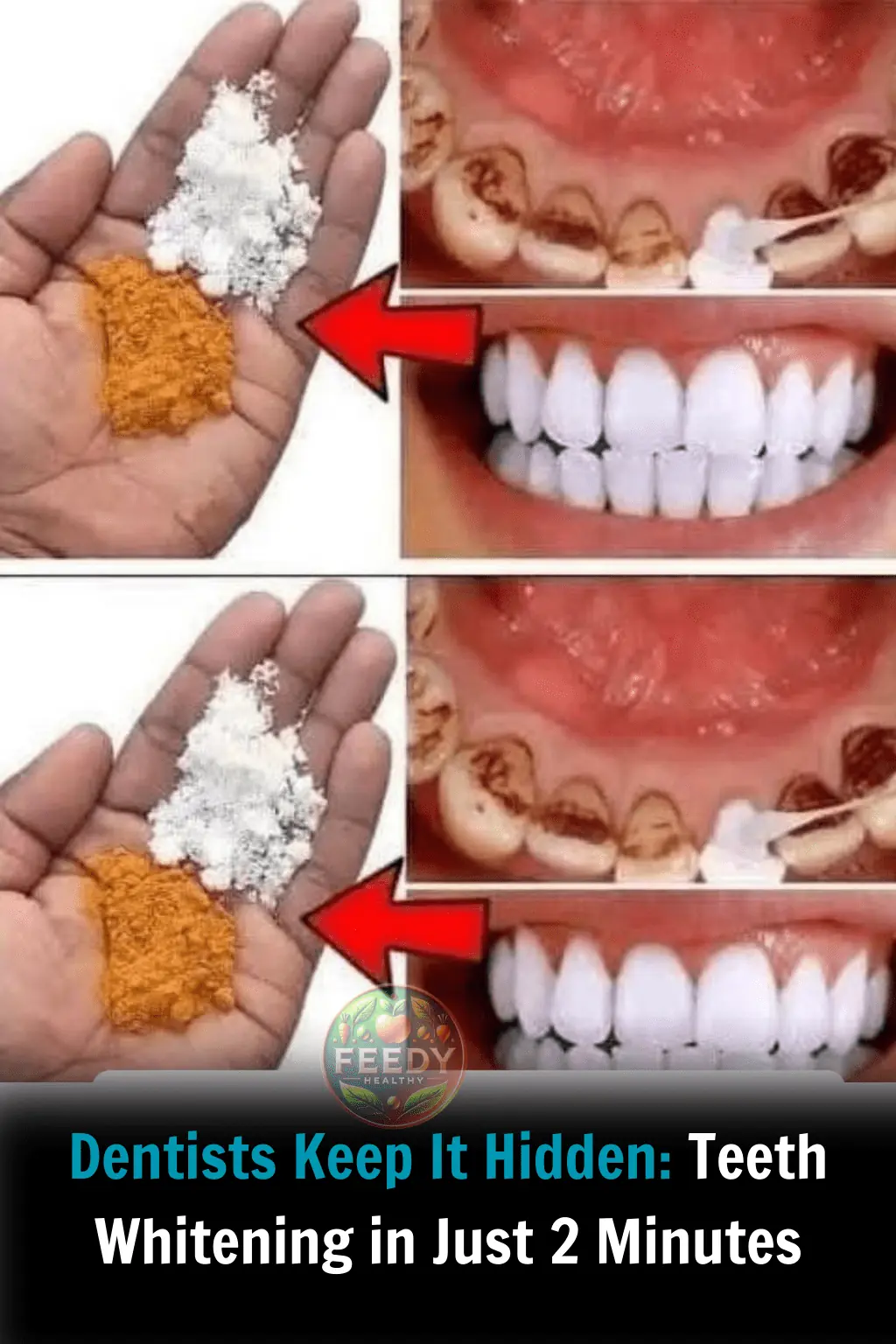
Homemade Teeth Whitening: White Teeth in Just 2 Minutes!

Can Cloves Heal Damaged Lungs? Discover Healing Tea Benefits
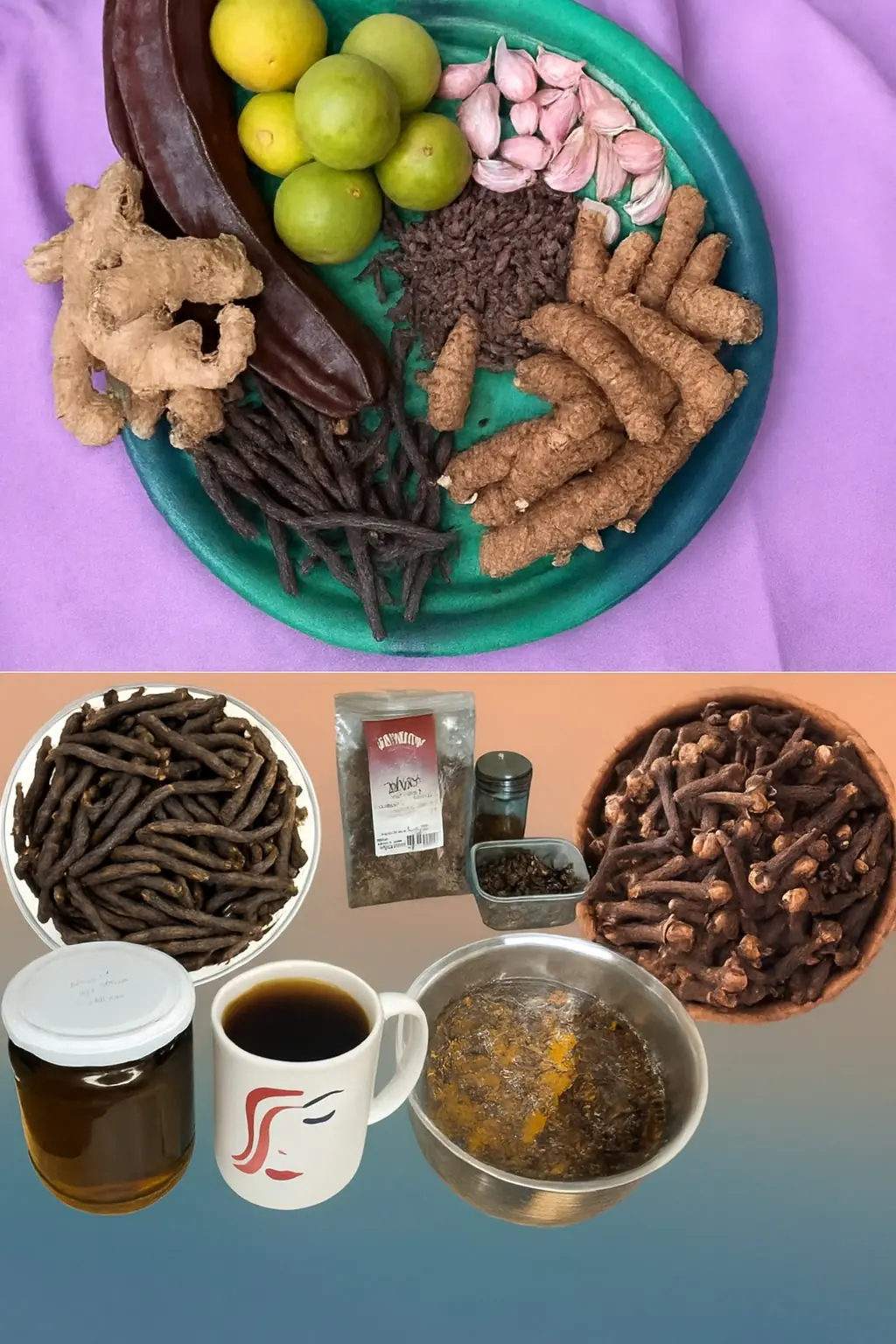
Discover the Aidan Fruit Elixir: The Ultimate Wellness Secret Every Woman Needs!
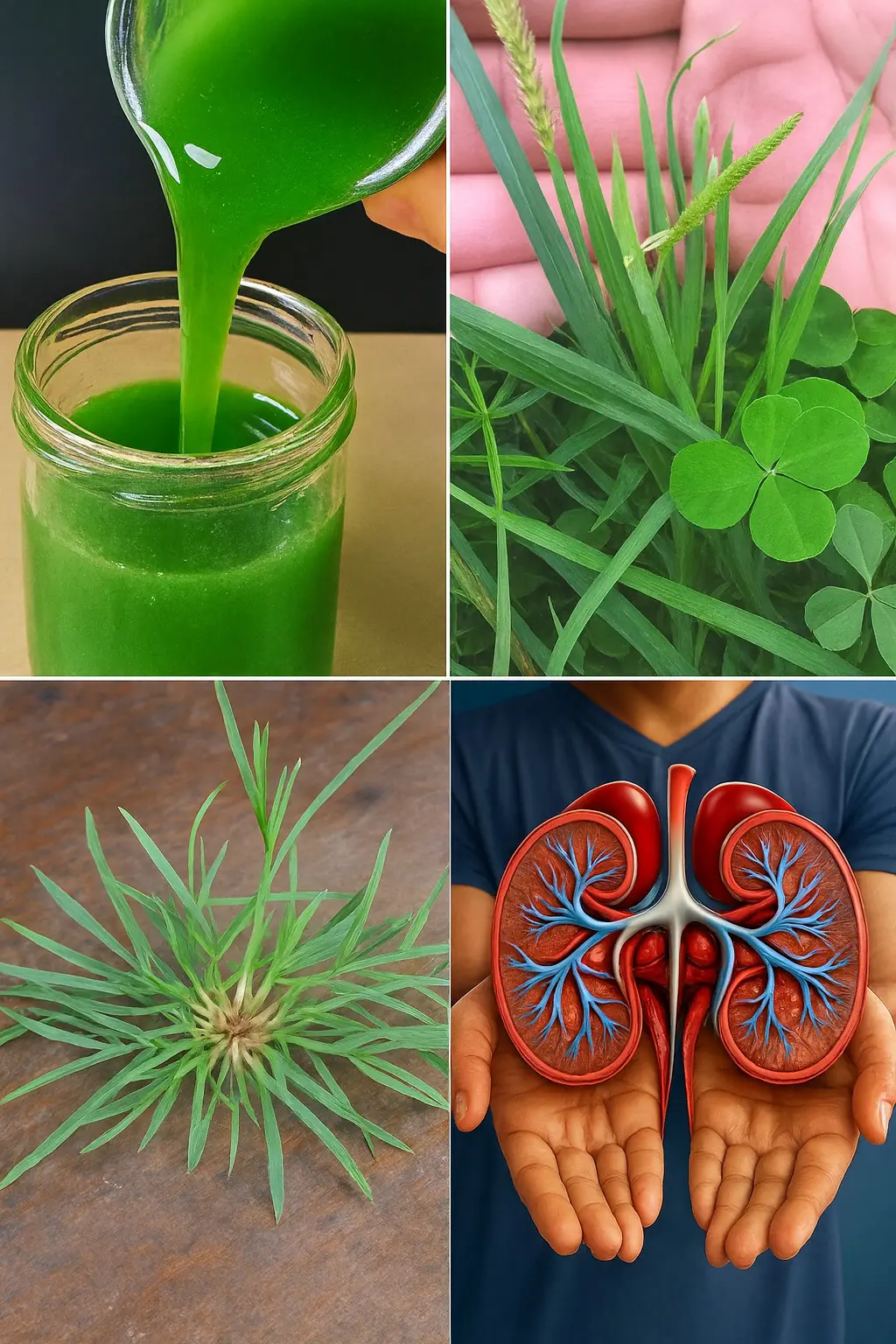
Goosegrass: The Unsung Hero for Kidney Health and Natural Detox You Need to Know
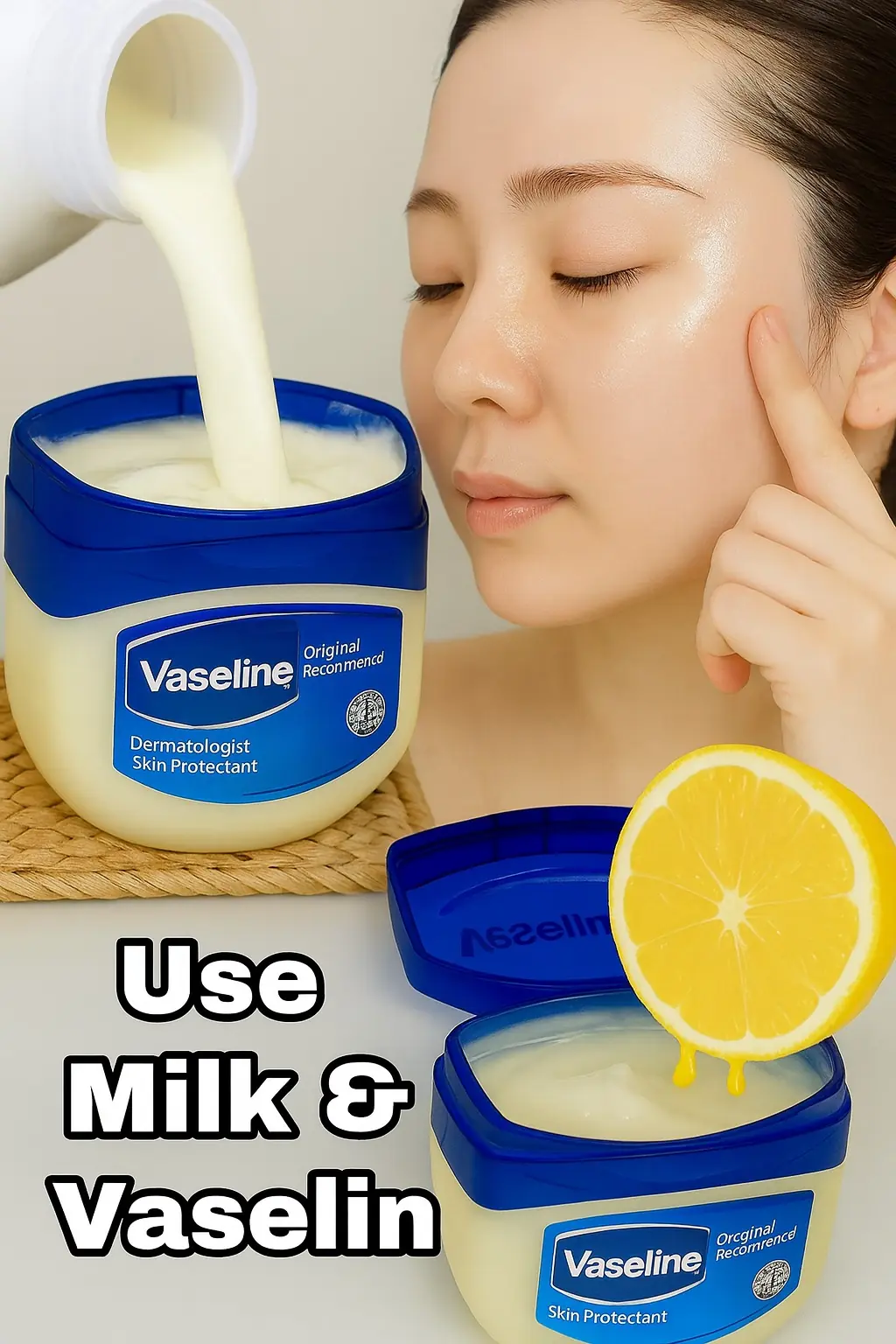
Transform Your Life with Vaseline: 18 Genius Hacks for Beauty and Home

Unleash Your Inner Strength: The Ultimate Power Boost Smoothie for Men! 🍌🔥

Unlock the Secret Power of Aloe Vera and Honey: Nature’s Ultimate Bacteria and Fungi Fighter!
